Image to Text (GPT4 Vision)
A tool that leverages AI to analyze images and generate descriptive text or answers to prompts based on the visual content.
Overview
Image to Text (GPT4 Vision) is an innovative tool that integrates the cutting-edge capabilities of GPT-4 with vision processing to interpret and describe images. It requires users to input an OpenAI API key, a prompt for context, and the image URL they wish to analyze. The tool then employs a Python script to interact with OpenAI's API, sending a structured request that includes the image and prompt. The AI, trained specifically for vision tasks, processes the image and generates a response that aligns with the user's query, all within the bounds of the specified maximum token limit.
Use cases
Use cases for Image to Text (GPT4 Vision) include aiding visually impaired individuals in understanding image content, generating alt-text for web images for SEO, automating the cataloging of digital assets in libraries, and providing a basis for content creators to develop narratives or descriptions for visual media. It can also be used in educational settings to help students engage with visual materials through descriptive text.
Benefits
The primary benefit of this tool is its ability to transform visual data into textual information, which can be invaluable for accessibility, content creation, and data analysis. It simplifies the task of interpreting complex images and can provide quick, accurate descriptions or answers to specific questions about visual content, saving time and resources for users.
How it works
Upon receiving the necessary parameters, the tool executes a Python code that formulates an HTTP POST request to OpenAI's chat completions API endpoint. The request is authenticated with the user's API key and contains a JSON payload with the model set to 'gpt-4-vision-preview', the prompt, image URL, and max tokens. The AI processes this information, and the script captures the AI's response from the API's JSON output, delivering a coherent and contextually relevant text description or answer to the user.
Featured Templates
Templates
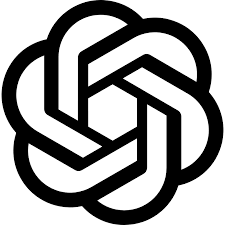
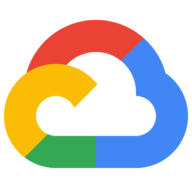
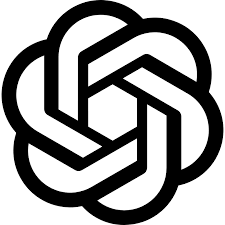






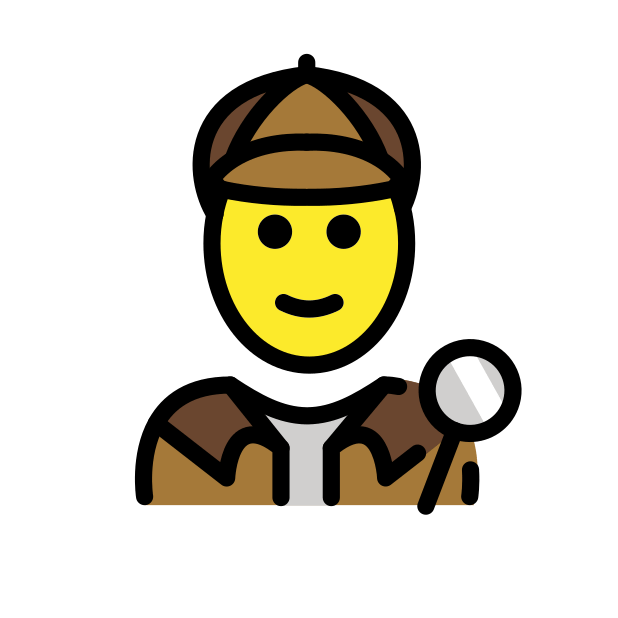


.png/917c4fcc-20b0-4076-b902-039e8a465bee.png)
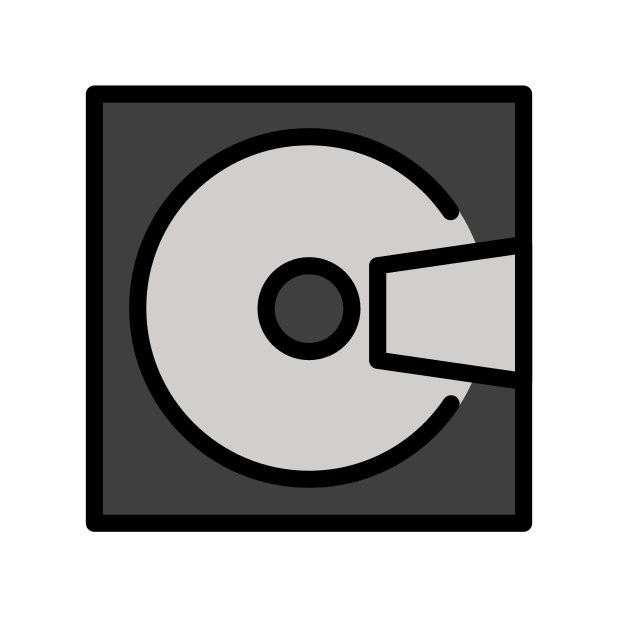

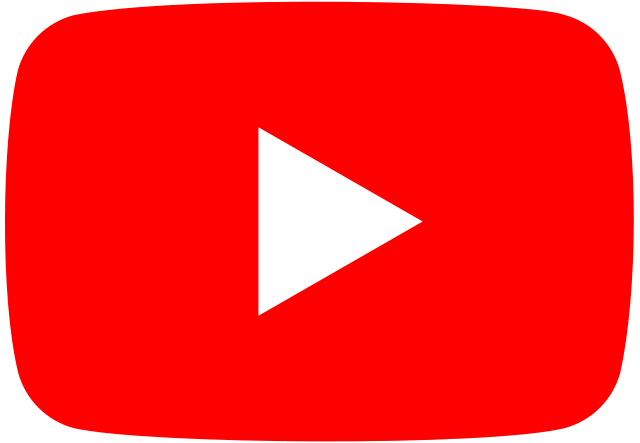

.png/267f7076-70f7-4e5b-b566-cc64939eb422.png)



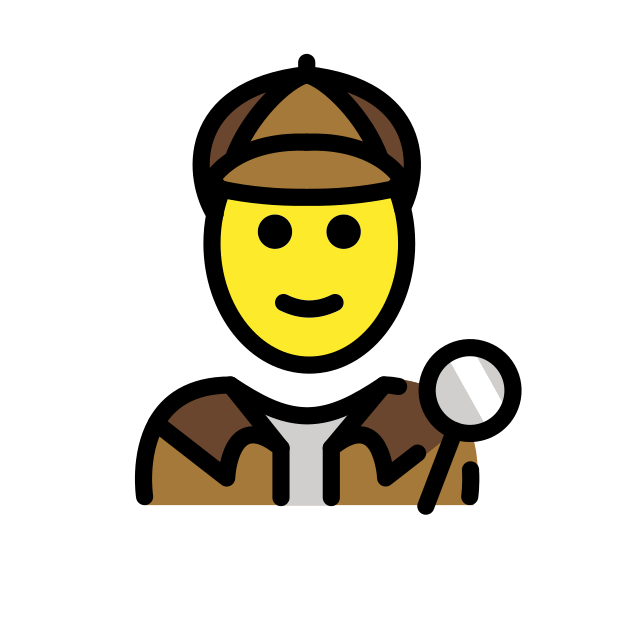



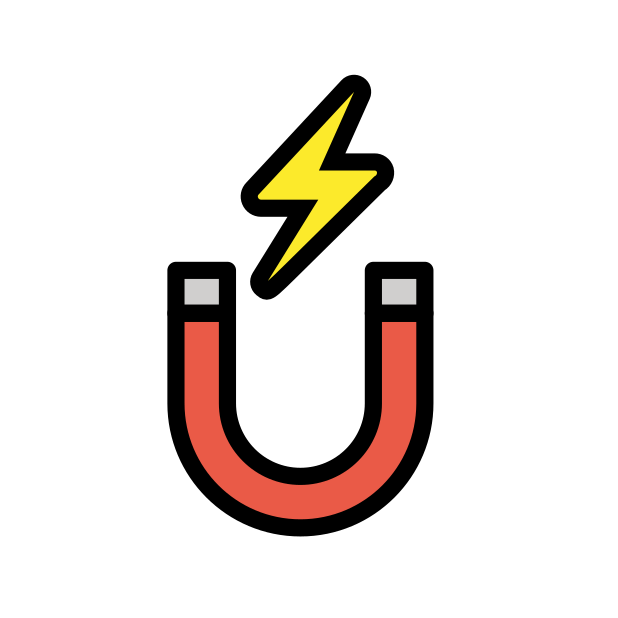
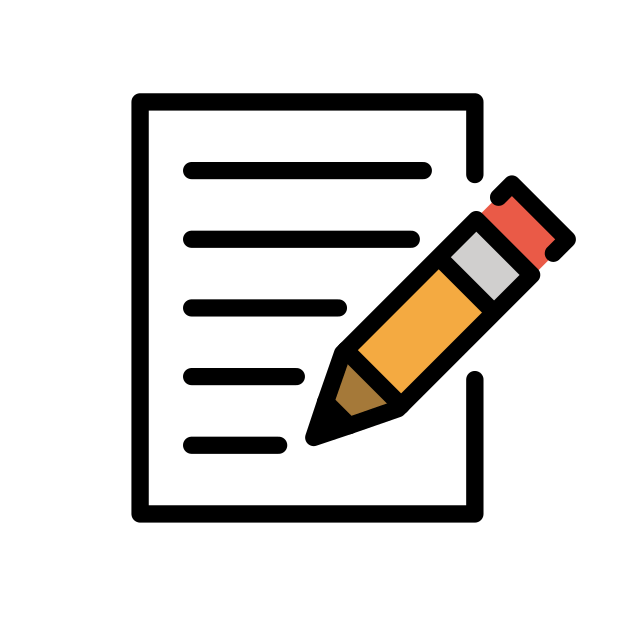




.png/948eba05-ea43-4392-b274-d1e9b2d7474a.png)









